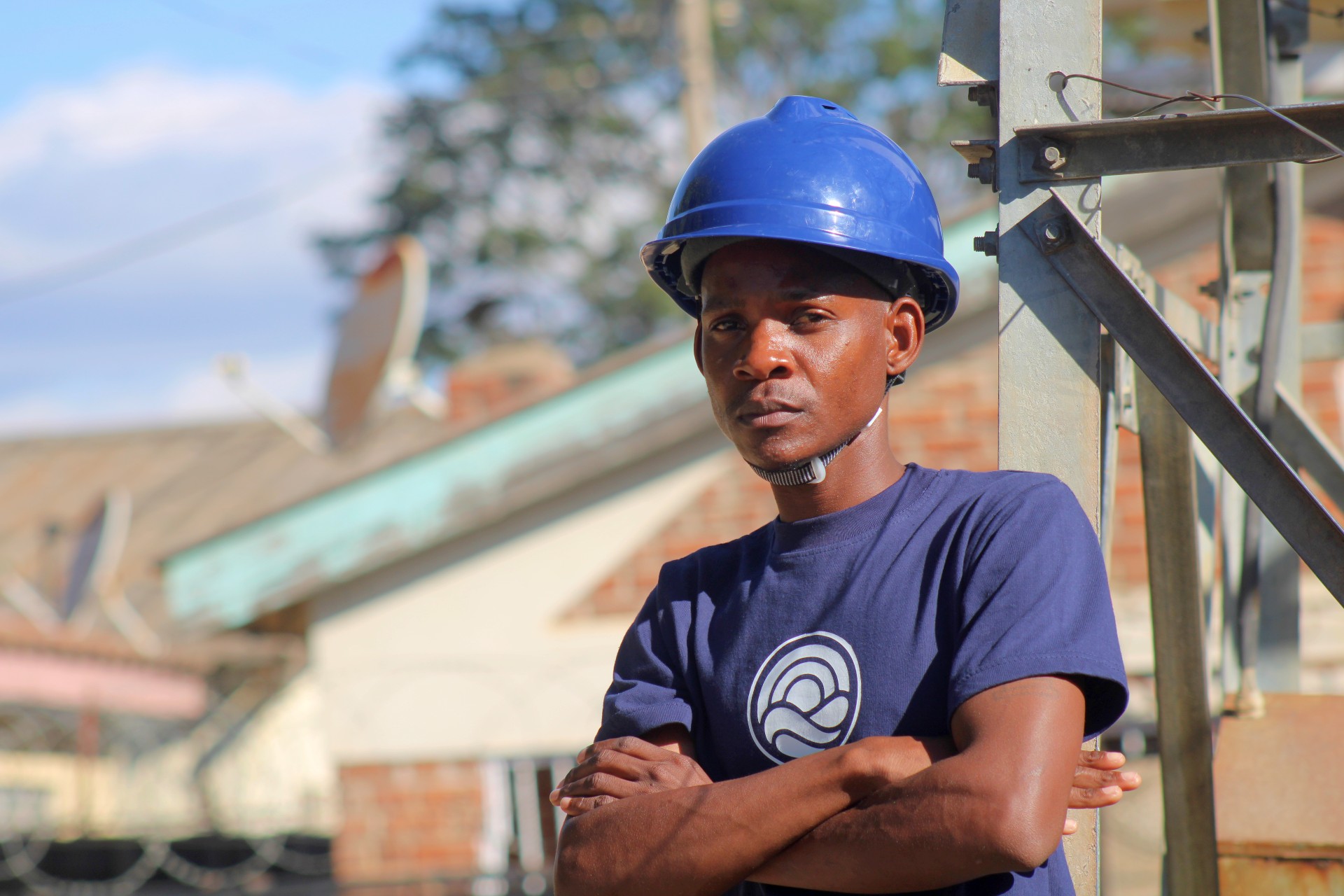Choosing a borehole site in Zimbabwe is a critical part of the process of providing a safe and reliable supply of groundwater.
If properly located, a borehole can provide a good supply of water. If it is not, it will fail and thus result in wasted investment. There are two common techniques of siting in Zimbabwe, the Traditional Method, and the Geological Survey Method.
The best sites are those in which catchment (natural water input) may be maximized. Such locations are not necessarily those that receive the highest rainfall (which may occur in upland watersheds). ‘Bottomlands’ – such as river valleys and lake basins – tend to be areas of the maximum catchment as both surface water and groundwater migrate towards them under gravity.
Fracture zones, although not always directly related to bottomland, can also be good reservoirs for groundwater, and may be located by ground observation or satellite images/aerial photographs, and by geophysical methods. Another aspect of borehole siting that demands careful consideration in populated areas is the potential for contamination by livestock and pit latrines or other waste disposal facilities.
Fracture zones, although not always directly related to bottomland, can also be good reservoirs for groundwater, and may be located by ground observation or satellite images/aerial photographs, and by geophysical methods. Another aspect of borehole siting that demands careful consideration in populated areas is the potential for contamination by livestock and pit latrines or other waste disposal facilities.
Because near-surface groundwater migrates downslope, a shallow dug well or a borehole tapping shallow groundwater should be sited as far away as possible (while bearing in mind the human need for proximity to a source of water) and upslope of potential sources of pollution (latrines or sewage pipes, for instance). Deeper aquifers confined by impermeable layers are at less risk of contamination from surface pollutants. One final consideration is the nature of the shallow aquifer.
If the host formation is made of fine or medium-grain-sized sand, it will act as a natural filter for particulate pollutants, whereas fissured limestone, with a high rate of water transmission (transmissivity), will carry away pollutants faster and to greater distances from the source.
It is estimated as a rule of thumb that most microorganisms do not survive more than 10 days of transportation by underground water.
The bedrock marks the level below which groundwater is not likely to be found.
 |
| The Importance Of Good Borehole Siting When Drilling A Borehole In Zimbabwe |
- Perched Aquifers: At site A, a shallow dug well may provide a little water from a ‘perched’ aquifer in the weathered zone above relatively impervious (low porosity) mudstones. If this well was extended into the mudstones it might produce very little additional water. A perched aquifer is normally limited in size and lies on an impervious layer higher than the area’s general water table.
- Shallow Unconfined Aquifers: The term ‘unconfined’ refers to an aquifer within which the water is open to atmospheric pressure: the so-called piezometric surface (pressure head level) is the same as the static water level (SWL) in the borehole. At site B, a borehole extracts water from an unconfined sandstone aquifer, the SWL of which is somewhat lower than the level of flow in the river. This sandstone aquifer is in a good catchment area because of the recharge from the river.
- Confined Aquifers: A ‘confined’ aquifer may hold groundwater under greater pressure so that when punctured by a borehole, the SWL rises to a higher piezometric level. If the piezometric surface happens to be above ground level (which is not uncommon), water will flow out of the borehole by itself: this is known as ‘artesian water’. Deep borehole C intersects the sandstone aquifer and a deeper confined aquifer in fissured limestone; because of overpressure in the limestone aquifer, the SWL in C may be at the same or higher elevation than in B. The limestone aquifer may have no source of replenishment; so the water in it is ancient, or ‘fossil,’ and could be exhausted if over-exploited.
- Fracture Zone Borehole D, which has been drilled into fractured granite (shaded area), finds water held in the fracture zone. Fracture zones develop during geological times as a result of the severe mechanical stress, caused by tectonic movements, that is exerted on non-plastic formations.
- Hydrogeological basement Site E, a borehole sunk into massive granite on top of a hill, is dry. In this situation, it would be a waste of time and money to extend a deep borehole (such as C) into the metamorphic basement, which is generally known as the ‘hydrogeological basement’ or ‘bedrock.’
The bedrock marks the level below which groundwater is not likely to be found.
Blue Water Systems Is A Boreholes Drilling Company Based In Harare, Zimbabwe. Excellence and Safety Is At Our Core When Borehole Drilling in Zimbabwe.
WhatsApp: +263778324532


